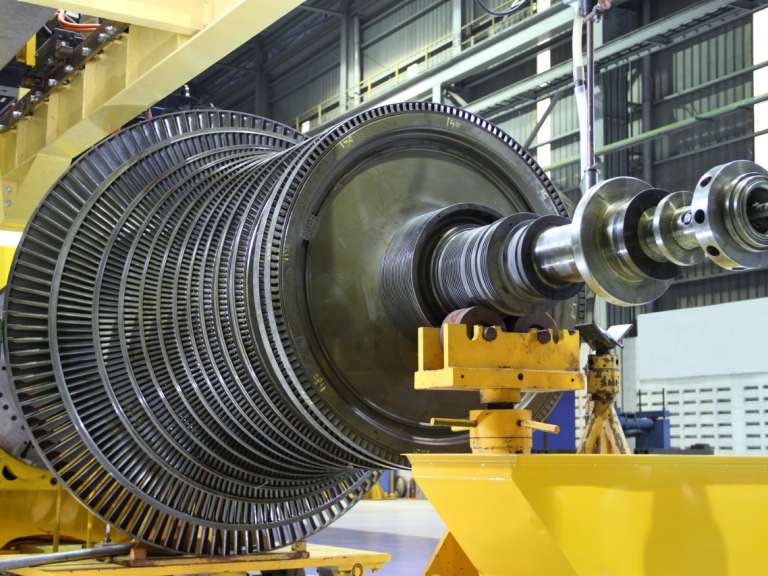The Current and Evolving Role of Field Service Organizations in Planning Outages
Robert RapierSuccessfully managing a maintenance outage has a lot of moving parts. Here's a look at current field service best practices and future possibilities.

A successful maintenance outage requires significant planning, deployment of the appropriate personnel, and management of the critical path items, so the outage is completed on schedule. From the earliest stages, the field service organization works in close partnership with the power plant manager.
About 18 months before an outage, the field service organization and plant manager define the scope of the outage, identify the necessary long-lead parts, and set the schedule. The plant manager needs to determine the outage's critical path, so the plant isn't idled any longer than necessary and other contractors may come in during the outage.
One year to six months before the outage, activity picks up. Parts are ordered and a detailed schedule is developed. The plant manager works with the field service organization to determine the types of technicians and craft that will be needed for the job. In some cases, the plant manager may request a specific crew or supervisor that did a particularly good job in the past.
On the field service side, the team goes through a checklist to ensure that nothing falls through the cracks. A failure modes and effects analysis (FMEA) is conducted to identify things that could go wrong, and recommendations are made to mitigate risks.
During the outage, the power plant (or the affected area of the plant) is shut down, and the team is deployed to the site for anywhere from one to six weeks, commensurate with the scope of the major maintenance. This team may consist of 10–12 people per shift who take apart the gas or steam turbine, inspect it, install new parts, and reassemble the turbine. At the conclusion of the job, the team then moves on to the next job.
During an outage, the priorities or imperatives of the team are as follows:
The emergence of renewables has affected some maintenance schedules. As renewables take away operating time from coal, nuclear, and natural gas plants, those plants run a lot less. There are two potential impacts from that. First, a baseload plant that is running below capacity can extend maintenance intervals because the plants don't run as much.
Second, some fossil-fueled plants are transitioning to become peaking plants that cycle twice a day. Because these plants start up and shut down more frequently, they may require increased maintenance. It's analogous to a car that experiences primarily highway mileage transitioning to city mileage with lots of starts and stops. This requires different kinds of maintenance. These peaking plants could accelerate their maintenance intervals due to frequent cycling, so teams have to be prepared to adapt.
In a typical power plant, there are maintenance technicians at the site who perform routine maintenance. For more specialized outages, there are craft or technicians scattered around the country. One possible future scenario is to utilize a collaborative consumption model to request a particular skill set.
In that case, maintenance staffing at the plant could be evaluated, and there could be an app (imagine something similar to a ride-sharing app) that summons local, shared maintenance personnel as needed. Instead of a
Executing a successful outage requires advance planning and close coordination between plant management and the field service organization. This will continue to be the case in the future, but increasing penetration of renewables into the power grid will likely impact the timing of these outages and the type of work that will be required. Ultimately, the industry may move in the direction of a collaborative consumption model of shared maintenance personnel.
Designing a strategic, data-driven power plant outage schedule can save money and stress.
The cannabis sector is lighting up energy grids, but do utilities have the ability to handle this potentially profitable revenue generator?
As renewables are on the rise, operational flexibility is paramount to the continued success of all power-generation plants.